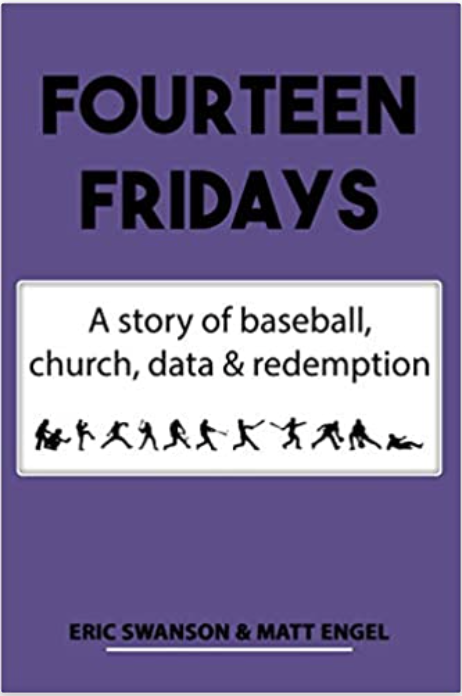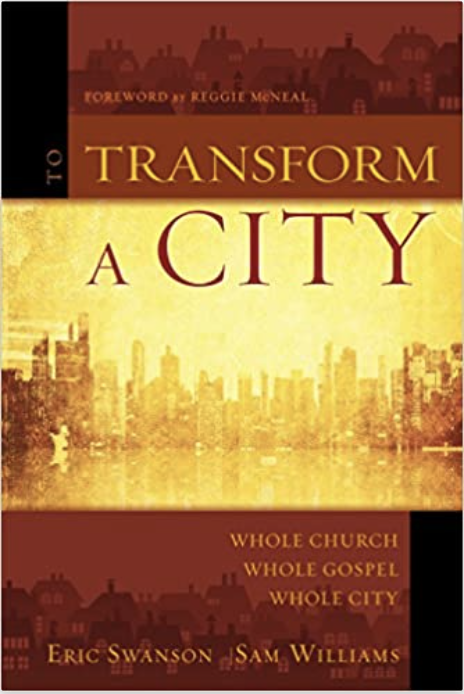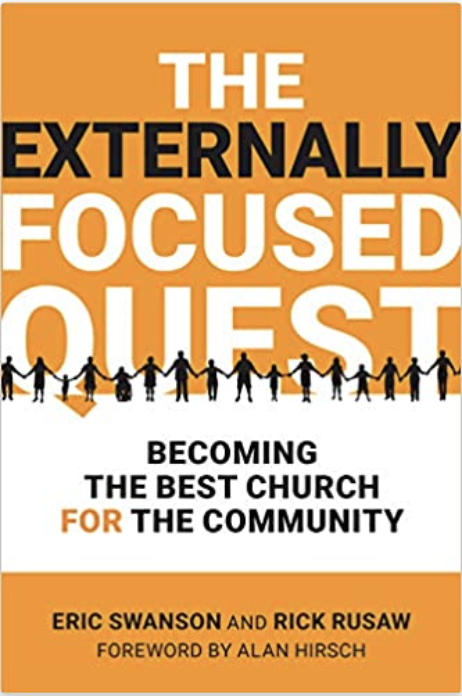A day with Jim Collins
Yesterday Leadership Network sponsored “A Day with Jim Collins” for 20 pastors and leaders in Boulder. My son, Andy from China, and I also talked our way into the event. Jim is a long-time friend of Leadership Network and is the author of six books, including Built to Last, Good to Great, and How the Mighty Fall. Jim is positively obsessed with discovering the great versus the good in any area of life. Ideas happened around companies he researched but he reminded us that companies are just a data set. This is about good v. great in everything.
He started by saying, “Your church cannot be great if it cannot be great without you. Today we are going to compress 25 years of research into a 7-hour conversation and I’m so excited to begin. The question for the day is this: “How do companies overcome their oppressive mediocrity?” The following is a summary of our conversation.
1. First “who.” Far more important to know who is on the bus than where the bus is going. The single most important executive skill is making personnel decisions. The 7-10 best decision you make in your lifetime should be people decisions.
2. Change begins with confronting the brutal facts. This is when the real seeds of change begin. Remeber the lessons of the Stockdale Paradox. The optimists were the ones who died of a broken heart while in prison camps. It was the ones who thought “we will eventually prevail and this will be the defining concept of our lives” that survived.
3. Hedgehog concept. The hedgehog is the intersection of 3 circles:
- What are you passionate about?
- Where they can make a distinctive impact. What we can do best in the world. If you church went away, who would miss you? What do you fill that no other institution can fill? When you can define this you have your “distinctive impact.”
- Your resource engine. In social sector money is a means not a definition of success. How do you get resource engine? In nonprofits resources are money, people, and reputation
4. Success happens from turning the flywheel. Lots effort at the beginning. What was the one big push? It was the cumulative effect of all the pushes…
5. Culture of discipline. Disciplined people engaged in disciplined thought and disciplined action. It’s not just about creativity but creativity plus discipline.
6. Finding the genius of the “and.” Looking for ways to be both! One really big “and:” Preserve the core and stimulate progress
We don’t compromise the core under any condition! Ever!
Stimulate progress—change, improvement, constant change. Any great organization, nation, company you will find a preservation of the core. As a leader I must preserve the core while at the same time stimulate progress. Don’t confuse core from things that are not core. Lots of practices of your faith but we don’t want to be confuse these with core.
7. The level 5 leader. The more I live with this the more I see how critical this really is. How an enterprise does over time is tied to the true motivation of those who have power. It will show up in decisions or actions. We confuse personality with leadership. Level 5 leaders didn’t want any attention for themselves. Humility is the cornerstone of great leadership combined with a frightening level of will. Level 5 leadership is different than servant leadership. In servant leadership one serves the people beneath him or her. In Level 5 you relentlessly serve the cause of the organization, despite the cost. They are ambitions for the cause…the enterprise and have resolve to do this. It’s not about them they will do anything that doesn’t compromise values. They reject the “genius with a thousand helpers” model. Enterprise is great without them. They are clock builders more than time-tellers.
8. The importance of the 20-mile march—the things you do day in and day out regardless of the conditions. Jim then shared his 20-mile march. Jim spends
- 50% of his time on creative intellectual work
- 30% teaching
- 20% other stuff
Importance of this discipline more important in social sector. Relative to what you as pastors do, business is easy. One way to increase discipline is to have a 20 mile march. Commitment to the march…not the brilliance of a 20-mile march. What is a march that would work for you? Jim said, “I associate discipline with greatness not business or churches.” The best organization of any kind have a culture of discipline.
9. Fire bullets before cannon balls. Firing an uncalibrated canon ball can lead to a lot of waste. Bob Buford noted that to LN “bullets” are low-cost probes. Jim asked the question, “What is your primary weakness?”
- Bullet: Low cost, low risk, low distraction
- Having this pathological need to fire uncalibrated cannonballs
- Failure to convert bullets into cannonballs. This is biggest weakness in companies
Where in your organization are there calibrated shots that are screaming to be scaled to cannonballs?
“Faith, hope, and go do something!” Bob Buford’s translation of 1 Cor. 13. That got a smile out of everyone.
Collins asked a provocative question: What is the relationship between scaling a person and scaling an organization?
If you had the choice of doubling size of church or halving size of church but doubling number of people who complete the journey, which would you choose?”
Jim finished the day by giving us a glimpse into his personal life: “I know in my marriage that I would endure everything and suffer anything to have a great marriage with Joanne. Here I can be a Level 5 leader whereas in other places I cannot be.”
Jim closed by encouraging the pastors—whom he obviously admires. “You have built the most sophisticated human enterprise system in the world.”
After Jim left at 4pm, the rest of us sat around processing the day, helping to turn ideas into innovation to impact.
Thanks Jim. Thank-you pastors. Thanks Leadership Network.










Thanks for sharing this and other stuff you have been doing. Great to share with the guys I’m working with.
Thanks for the article. i would’ve loved to have been there as one who follows these principles in working with strengthening churches. Collins’ writings have been a big influence on my life – and many others as well.